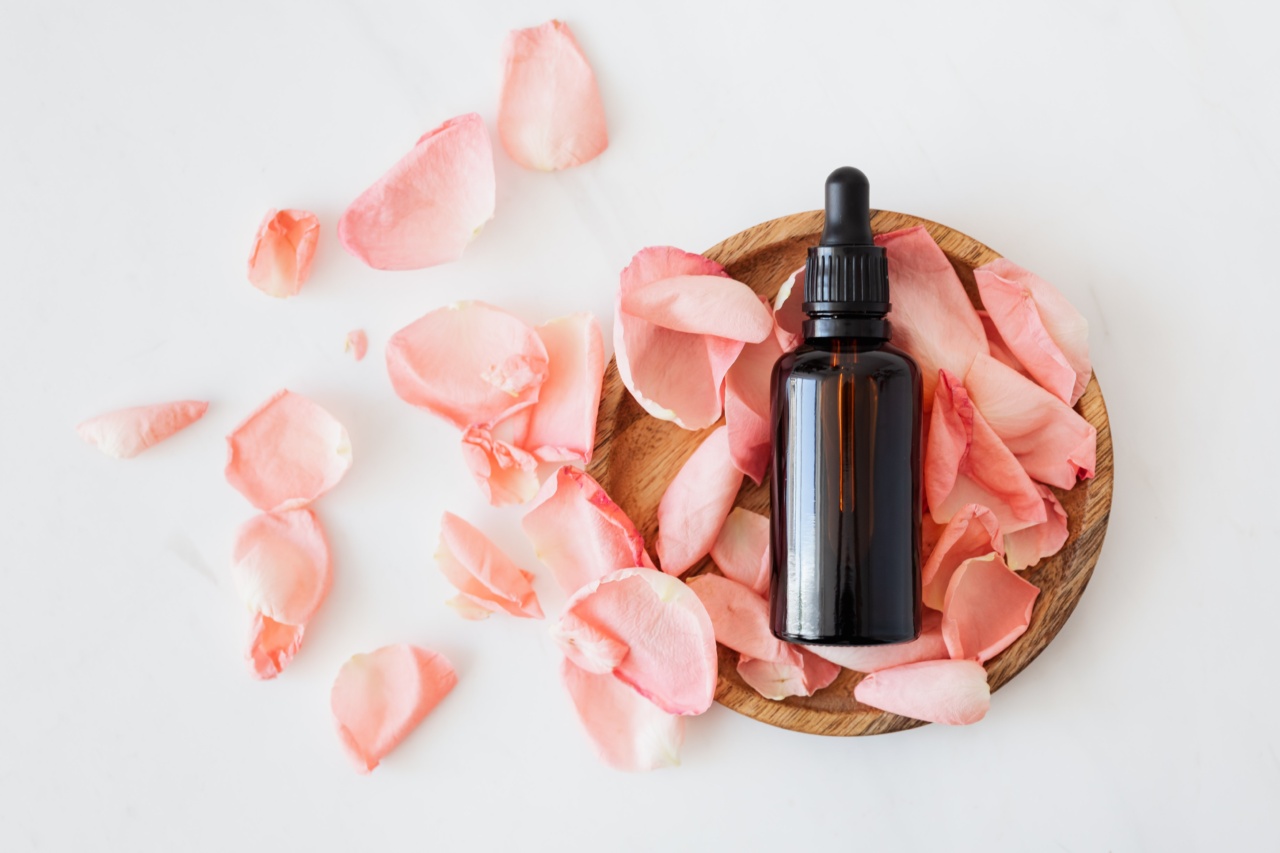Hemorrhoids, also known as piles, are swollen veins in the lower rectum and anus that can cause discomfort and pain. They are a common condition that affects millions of people worldwide.
While there are various treatments available to alleviate the symptoms of hemorrhoids, revolutionary techniques have emerged in recent years that aim to provide effective and long-lasting relief. In this article, we will explore these cutting-edge techniques that have revolutionized the treatment of hemorrhoids.
1. Rubber Band Ligation
Rubber band ligation is a minimally invasive procedure that is commonly used to treat internal hemorrhoids. In this technique, a small rubber band is placed around the base of the hemorrhoid, cutting off its blood supply.
With time, the hemorrhoid shrinks and eventually falls off during normal bowel movements. Rubber band ligation is known for its high success rate and minimal pain.
2. Infrared Coagulation (IRC)
Infrared coagulation, or IRC, is another popular technique for treating internal hemorrhoids. It involves the use of infrared light to coagulate the blood vessels that supply the hemorrhoid, causing it to shrink and recede.
IRC is a quick and painless procedure that can be performed on an outpatient basis.
3. Sclerotherapy
Sclerotherapy is commonly used to treat both internal and external hemorrhoids. In this technique, a solution is injected into the hemorrhoid, causing it to shrink and eventually disappear.
Sclerotherapy is a relatively simple procedure and can be performed in a doctor’s office with minimal discomfort.
4. Laser Coagulation
Laser coagulation is a revolutionary technique that uses laser energy to seal the blood vessels supplying the hemorrhoid. This causes the hemorrhoid to shrink and eventually disappear.
Laser coagulation is a precise and targeted treatment that offers quick relief from hemorrhoid symptoms.
5. Cryotherapy
Cryotherapy involves the use of cold temperatures to treat hemorrhoids. In this technique, a probe is placed directly on the hemorrhoid, freezing it and causing it to shrink.
Cryotherapy is a safe and effective treatment option that provides immediate relief from symptoms.
6. Hemorrhoidectomy
Hemorrhoidectomy is a surgical procedure that is typically recommended for severe cases of hemorrhoids that do not respond to conservative treatments. During a hemorrhoidectomy, the swollen hemorrhoidal tissue is removed under anesthesia.
While it is a more invasive option, a hemorrhoidectomy offers a permanent solution for chronic hemorrhoid sufferers.
7. Stapled Hemorrhoidopexy
Stapled hemorrhoidopexy, also known as a procedure for prolapse and hemorrhoids (PPH), is a relatively new technique that has gained popularity in recent years.
During the procedure, a circular stapling device is used to lift and reposition the prolapsed hemorrhoidal tissue back into its normal position, reducing symptoms and preventing further prolapse. Stapled hemorrhoidopexy is a minimally invasive procedure with a shorter recovery time compared to traditional hemorrhoidectomy.
8. Dietary Changes
While not a specific technique, making dietary changes can play a significant role in preventing and managing hemorrhoids. Consuming a high-fiber diet and staying well-hydrated can help prevent constipation, which is a common cause of hemorrhoids.
Additionally, avoiding straining during bowel movements and maintaining a healthy weight are important lifestyle modifications that can aid in the management of hemorrhoids.
9. Topical Medications
Topical medications, such as creams, ointments, and suppositories, are often used to relieve the symptoms of hemorrhoids. These medications can provide temporary relief from pain, itching, and inflammation.
Some topical medications may also contain vasoconstrictors to help shrink the hemorrhoid.
10. Regular Exercise
Engaging in regular exercise is beneficial for overall health and can also help in preventing and easing hemorrhoid symptoms.
Exercise improves digestion, regulates bowel movements, and promotes healthy blood circulation, all of which contribute to reducing the risk and discomfort associated with hemorrhoids.






























